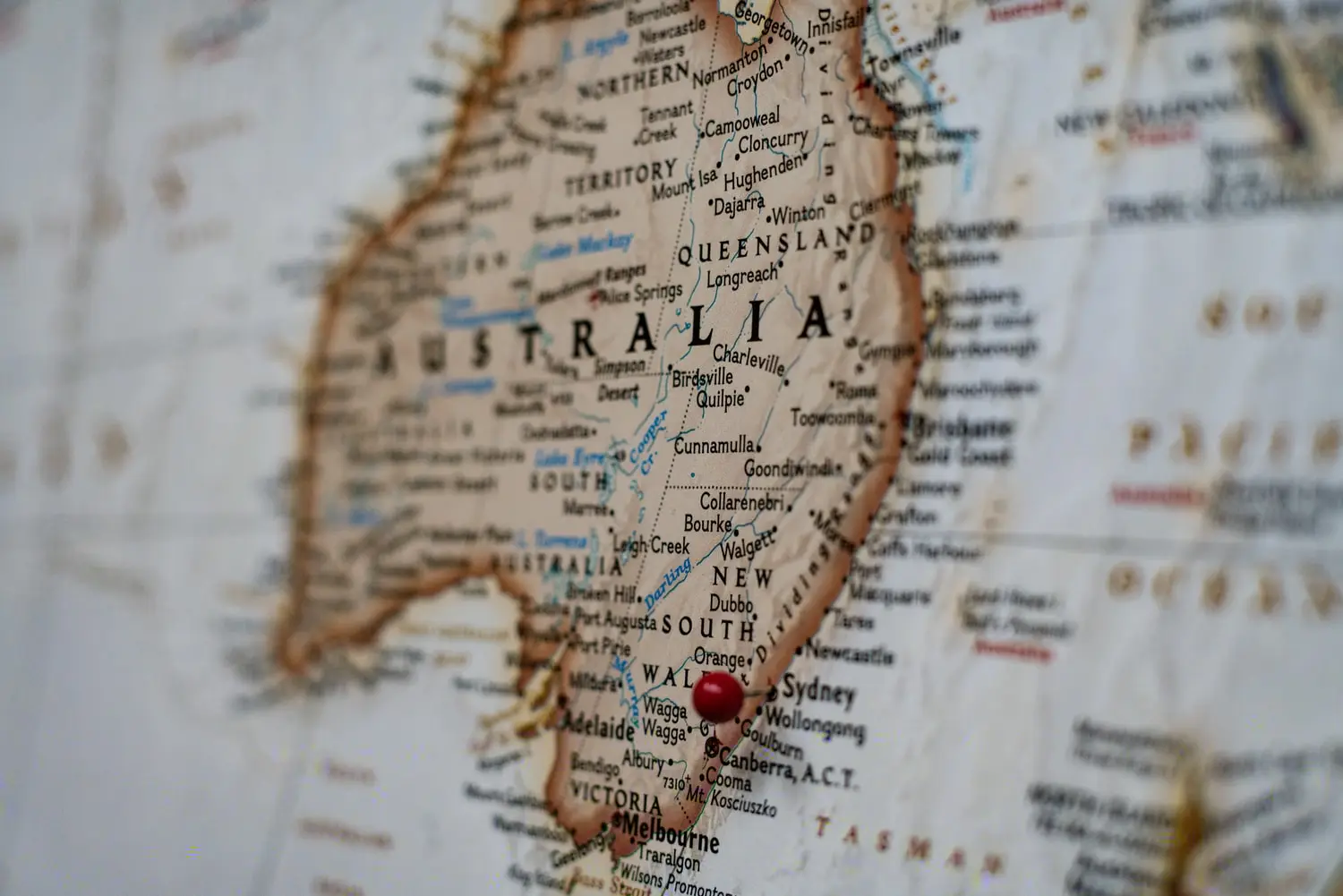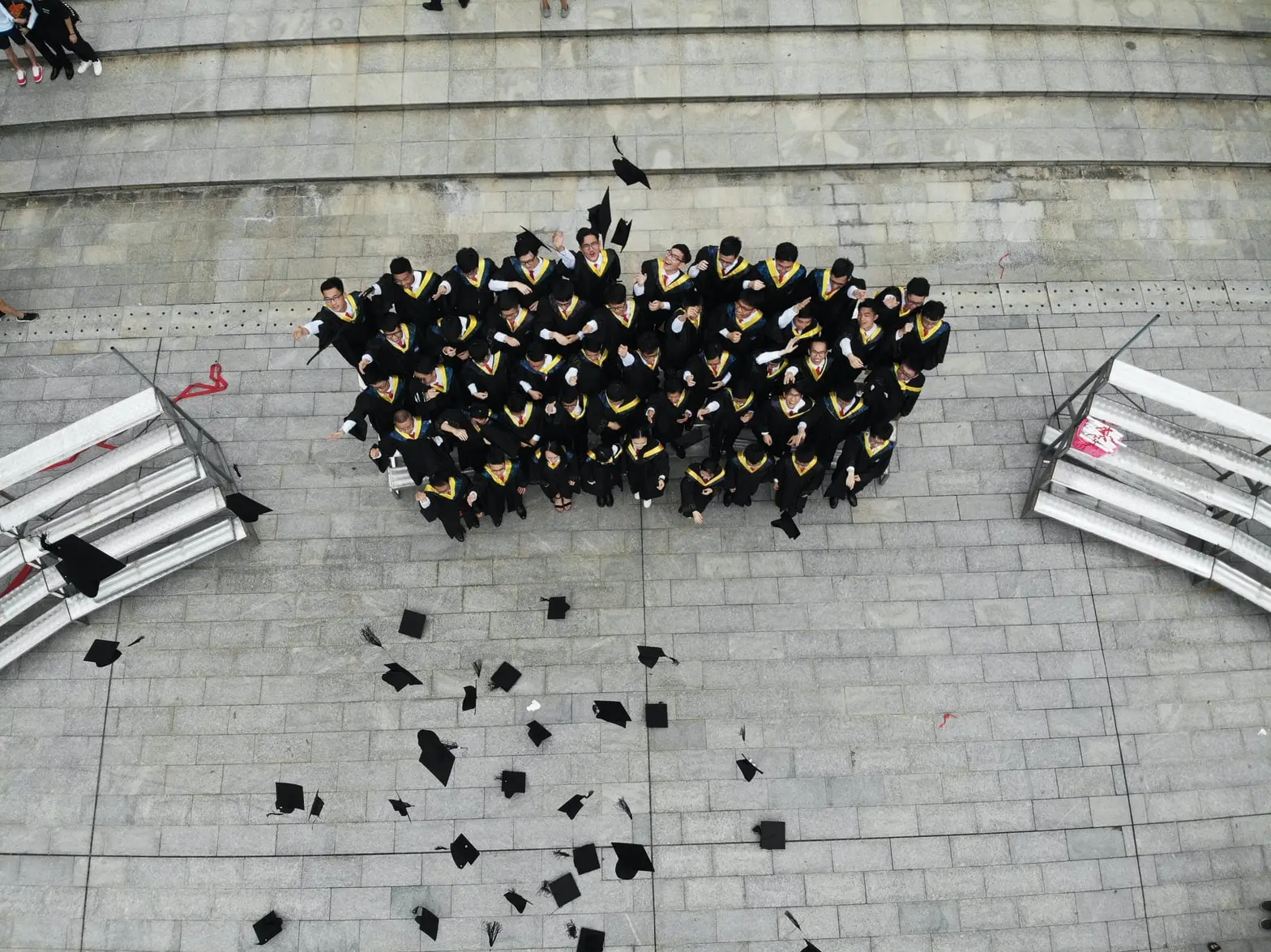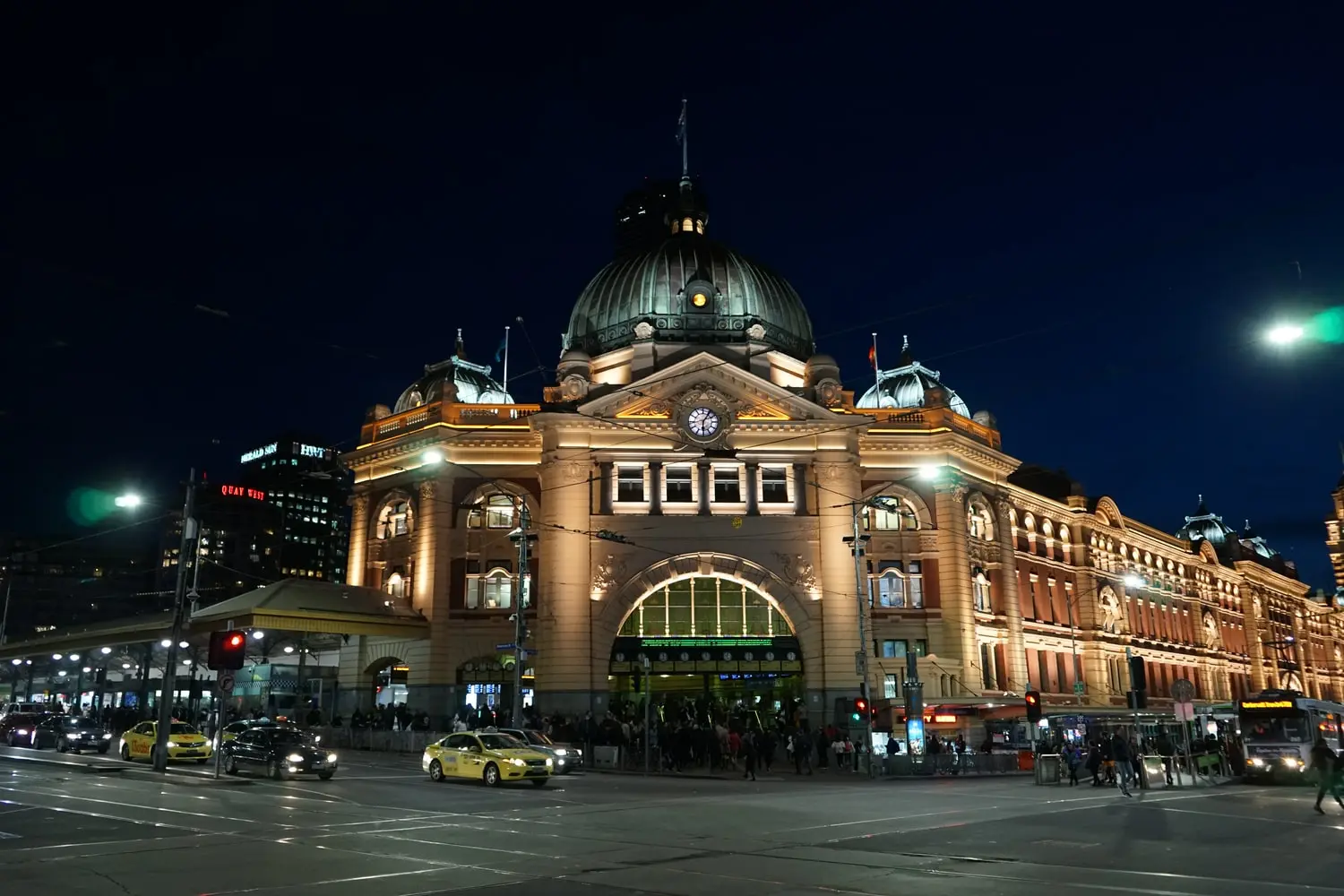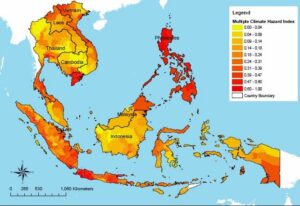Study In Malaysia
About Education in Malaysia
Education System: Six years of free primary education are followed by three years of general lower secondary education. Two further years of education at the upper secondary level, in either a vocational or an academic program, are offered if you think for Immigration in Malaysia. Technical schools also offer secondary program, but students must have a strong math and science background in order to attend. A selective one-year pre-university course prepares students for admission to the universities. Malaysia is the medium of instruction in primary and secondary schools, with English as a compulsory second language. Muslim religious instruction is compulsory for all Muslim children while private Christian schools offer religious training to their students. The academic year runs from July to March.
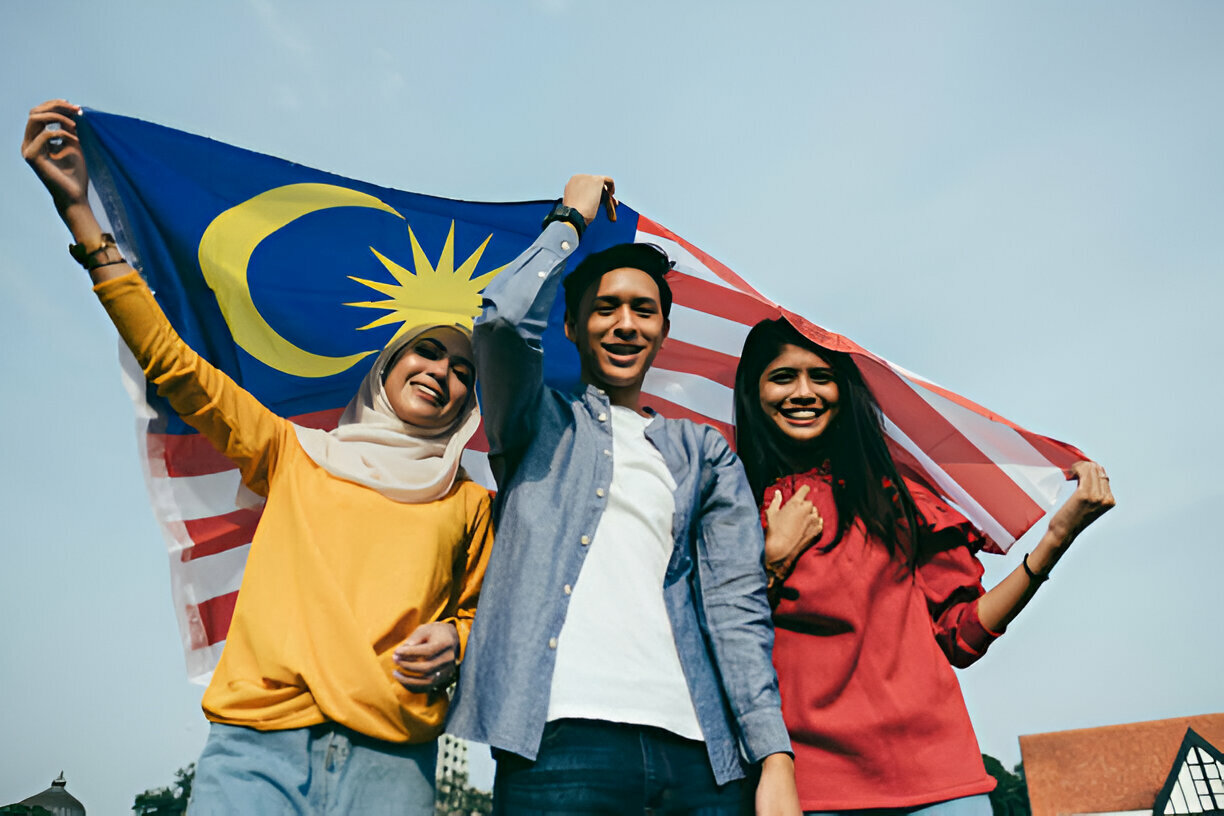
UNIVERSITY EDUCATION
The entrance requirement for universities and university colleges is generally the Matriculation Certificate. Bachelor’s programs have a nominal duration of 3 to 4 years. The nominal duration for programs in medicine and dentistry is 5 years. In terms of level, the bachelor’s degree (MQF level 6) is comparable to an HBO or WO bachelor’s degree in the Netherlands, depending on the type of study. A master’s degree is awarded after 1 or 2 years of study following the completion of a bachelor’s programed. There are 3 pathways to a master’s degree: by conducting research, by completing coursework, or a combination of these two. In terms of level, the master’s degree (MQF level 7) is comparable to an HBO or WO master’s degree in the Netherlands, depending on the type of study. A PhD (MQF level 8) requires at least 2 or 3 additional years of study in general, but can require as many as 7 years for certain specializations. In addition to degree programs, some universities also offer non-degree Diploma programs. The entry requirement of these programs is the Sijil Pelajaran Malaysia (SPM). The study duration of diploma programs offered by public universities is typically 3 years.
QUALITY ASSURANCE AND ACCREDITATION
In the 1990’s the responsibility of accreditation in public and private higher education sector was divided between the National Accreditation Board and the Ministry of Education’s Quality Assurance Division. These 2 accrediting organizations were merged to form the Malaysian Qualifications Agency (MQA) in 2007. The MQA is responsible for accreditation of programs at bachelor’s level and lower (Diploma and Certificate level). Master’s programs offered by private higher education institutes also fall within the accreditation scope of MQA. Accreditation by the MQA also applies to higher (professional) education offered by foreign educational institutes or by Malaysian educational institutes in cooperation with a foreign partner. Once accredited, these programs are also listed in the Malaysian Qualifications Register. An overview of accredited programs can be found in the Malaysian Qualifications Register (MQR). See under List of Higher Education Institutions.
CAREER PATHWAYS AFTER DEGREE PROGRAM
You will need a work permit called an ‘Employment Pass’ after completion of your graduate program. An Employment Pass is valid for a minimum of two years and a maximum of five. If you would like to stay in Malaysia for a short period of time (less than one year,) and are offered employment within a particular sector, you may also be eligible for a Visit (Temporary) Employment Pass.
The application process for both these permits types is the same. In each case, the application process for a permit will be outlined on your letter of acceptance from your host employer.
For the most part, you will need to first have a job offer from a Malaysian company in order to obtain a work permit. When you are offered a job in Malaysia, you will be placed into one of three expatriate worker categories: Key Posts, for graduates in high level managerial roles in foreign-owned private companies in Malaysia, Executive Posts, for those in intermediate posts that require academic qualifications and professional experience, and Non-Executive Posts, for graduates holding technical positions which require applied, practical skills.
After you have received your letter you will need to complete the DP11 Form, and include it along with a passport-sized photograph, a copy of the photo page of your passport and the documents from your employer in your complete application.
You can submit your complete application by post or in person to the Malaysian Employment Pass Division.
As of October 2011, high-achieving students in Accounting, Finance, Electronics and oil & gas fields may apply for an Employment Pass (Category II). Students must be completing studies of at least a degree level at a SETARA Tier-5 Malaysian institution, with an academic standard of a high 2:1. You must be selected by a reputable firm for a graduate position on a contract that is minimum 2 years in length, with a salary of RM2, 500 (US$765) per month. Your company will then apply for the pass on your behalf.
History
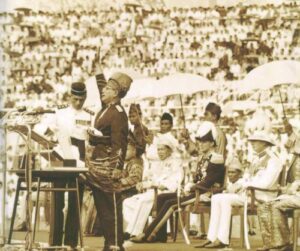
During the late 18th and 19th centuries, Great Britain established colonies and protectorates in the area of current Malaysia; these were occupied by Japan from 1942 to 1945. In 1948, the British-ruled territories on the Malay Peninsula except Singapore formed the Federation of Malaya, which became independent in 1957. Malaysia was formed in 1963 when the former British colonies of Singapore, as well as Sabah and Sarawak on the northern coast of Borneo, joined the Federation.
The first several years of the country’s independence were marred by a communist insurgency, Indonesian confrontation with Malaysia, Philippine claims to Sabah, and Singapore’s withdrawal in 1965. During the 22-year term of Prime Minister MAHATHIR bin Mohamad, Malaysia was successful in diversifying its economy from dependence on exports of raw materials to the development of manufacturing, services, and tourism. Prime Minister Mohamed NAJIB bin Abdul Razak (in office since April 2009) has continued these pro-business policies.
Currency

The Malaysian currency known as ‘ringgit’ consists of notes starting from RM1, RM5, RM10, RM20, RM50, and RM100 and coinage starting from 5 sen, 10 sen, 20 sen, and 50 sen.
Geography

Malaysia claims several landmasses of the Spratly Island group in the South China Sea. Situated in Southeast Asia, Malaysia, with an area of 329,750 sq km (127,317 sq. mi), consists of two noncontiguous areas: peninsular Malaysia (formerly West Malaysia), on the Asian mainland, and the states of Sarawak and Sabah, known together as East Malaysia, on the island of Borneo. Comparatively, the area occupied by Malaysia is slightly larger than the state of New Mexico. Peninsular Malaysia, protruding southward from the mainland of Asia, comprises an area of 131,587 sq km. It is bordered on the north by Thailand, on the east by the South China Sea, on the south by the Strait of Johore, and on the west by the Strait of Malacca and the Andaman Sea, with a total boundary length of 2,068 km (1,285 mi).
Language and Culture
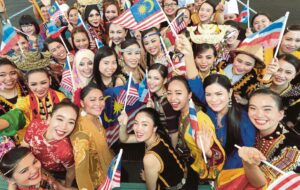
Bahasa Malaysia, or Malay, is the national language and the lingua franca of all Malaysia. The traditional Bahasa Malaysia script is Jawi, which derives from Arabic script, but Rumi, based on the Roman alphabet, is officially used in government, education, and business. English is widely employed in government and commerce and is a compulsory subject in all schools. Chinese (notably the Mandarin, Cantonese, and Hokkien, Hakka, Hainan, and Foochow dialects), Tamil, Telugu, Malalalam, Punjabi, and Thai are spoken. In addition, in East Malaysia several indigenous languages are spoken, the largest of which are Iban and Kadazan. Most Malaysians are bilingual or multilingual.
-
The climate of peninsular Malaysia is equatorial, characterized by fairly high but uniform temperatures (23–31°C/73–88°F) throughout the year, high humidity, and copious rainfall averaging about 250 cm/100 in annually.
There are seasonal variations in rainfall, with the heaviest rains from October to December or January; except for a few mountain areas, the most abundant rainfall is in the eastern coastal region, where it averages over 300 cm (120 in) per year. Elsewhere, the annual average is 200–300 cm (80–120 in), the northwestern and southwestern regions having the least rainfall. The nights are usually cool because of the nearby seas. The climate of East Malaysia is relatively cool for an area so near the equator.
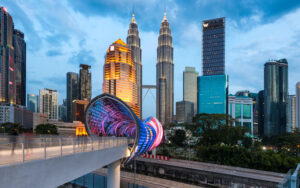
Malaysia was one of the most prosperous nations in Southeast Asia before 1998, albeit with the mood swings inherent in an export-oriented economy. Until the 1970s, Malaysia’s economy was based chiefly on its plantation and mining activities, with rubber and tin the principal exports. Since then, however, Malaysia has added palm oil, tropical hardwoods, petroleum, natural gas, and manufactured items, especially electronics and semiconductors, to its export list. This diversification greatly reduced the nation’s dependence on overseas commodity markets. The worldwide recession in 1981–82 hurt the Malaysian economy. Prices of Malaysia’s traditional commodity exports were depressed, growth slowed, and investment fell. Government efforts to stimulate the economy through spending on heavy industry and infrastructure projects financed by borrowing pushed foreign debt from $4 billion in 1980 to $15 billion in 1984.
| DESCRIPTION | 2011 | 2012 | 2013 | 2014 | 2015 |
|---|---|---|---|---|---|
| Population (million) | 29.1 | 29.5 | 29.9 | 30.3 | 30.8 |
| GDP per capita (USD) | 10,282 | 10,883 | 10,785 | 10,737 | 10,222 |
| Economic Growth (GDP, annual variation in %) | 5.3 | 5.5 | 4.7 | 6.0 | 5.0 |
| Unemployment Rate | 3.0 | 3.0 | 3.0 | 3.0 | 3.3 |
| Inflation Rate (CPI, annual variation in %) | 3.2 | 1.7 | 2.1 | 3.1 | 2.1 |
| Inflation (PPI, annual variation in %) | 12.0 | -0.2 | -2.4 | 1.3 | -7.5 |
| Exchange Rate (vs USD) | 3.17 | 3.06 | 3.28 | 3.50 | 4.29 |
| Exchange Rate (vs USD, aop) | 3.06 | 3.09 | 3.15 | 3.27 | 3.91 |
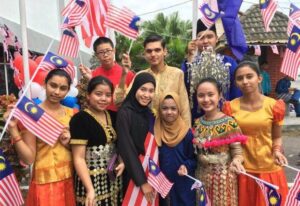
The population of Malaysia consists of three main ethnic groups—Malays, Chinese, and peoples of the South Asian subcontinent. Collectively, indigenous groups are known as Bumiputras (“sons of the soil”). Estimates for 2010 reported the following distribution: Malays, 50.1%; Chinese, 22.6%; Indigenous, 11.8%; Indians, 6.7%; non-citizens, 8.2% and other groups, 0.7%.
Malays predominate in the rural areas, while the Chinese are concentrated in urban and mining areas, where they control much of the nation’s wealth; enmity between Malays and Chinese has occasionally erupted into violence. The non-Malay indigenous groups on the peninsula collectively called the Orang Asli (aborigines); they represent the poorest group of people in the country.
Non-Malay indigenous tribes constitute about half of Sarawak’s residents; the largest indigenous group consists of the Sea Dayaks, or Ibans, followed by the Land Dayaks, or Bidayuh. The majority of Sabah’s population consists of indigenous peoples, principally Kadazans, Bajaus, and Muruts. The balance is dominated by Chinese.

